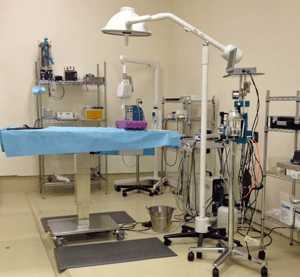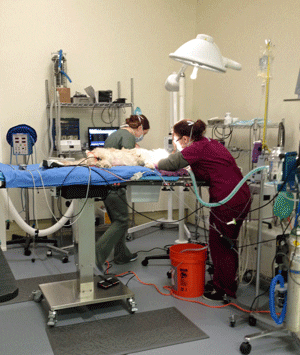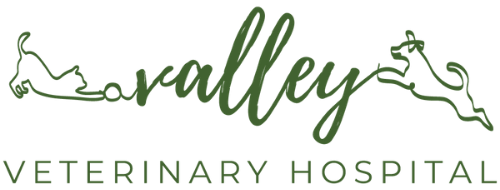Dentistry
BOOK APPOINTMENTMost pets with painful dental conditions do not show clinical signs that are obvious to the owner, but this does not mean that they are not feeling pain. They cannot tell you about the pain. In the wild, animals tend to hide signs of illness or weakness – dogs and cats possess this instinct.
Many painful dental conditions develop gradually and are more common in middle-aged and older pets. As a result, behavior that the owner interprets as acting grumpy may be the result of dental pain. Owners often observe that their pet acts years younger following dental treatment.
It is important that we examine your pet’s mouth every time your pet visits our veterinary hospital! It is critical to examine your pet for conditions that cause oral pain. Some dental treatment and oral surgery procedures such as extraction, or even deep scaling of teeth may cause pain. We are trained to treat and prevent discomfort your pet could experience as a result of treatment. These steps include the use of general anesthesia and local anesthetic blocks during the procedure and post-operative medications when indicated. A pain-free mouth encourages prompt recovery of appetite and other activities following treatment.

Our strong emphasis on and interest in pet dentistry requires us to aggressively address pain management. What does that term really mean?
To us it means treating pain before it occurs, anticipating the need for pain relief and using a combination of pain relievers to minimize any pain or anxiety a pet might feel associated with a surgical procedure. This also involves the complete knowledge of drugs used for anesthesia because we need to have a balanced plan for both anesthesia and pain management.
Our pledge of pain management is to consider pain relief:
– Before any painful procedure
– During the procedure
– After the procedure as long as it is needed
– Help inform you about detecting pain in pets
We use a combination of injectable pain relievers, oral pain relievers, and local blocks to keep pets comfortable and
Radiology and Advanced Imaging is available for accurately assessing and creating treatment plans for a pet’s oral condition. Advanced imagining options include dental X-rays, MRI and CT scans.


Veterinary intraoral radiographs are the best way to image a dog or cat’s teeth and most areas of the jaw bones. These dental radiographs are the same as what you would have taken when you are at the dentist. The dental film/radiographic sensor is placed in the mouth and then an image can be obtained. Since the film/sensor has to be placed in the mouth and the patient must be very still, intra-oral radiographs for pets must be obtained under general anesthesia.
Without dental radiographs, a full assessment of the health of your pet’s teeth cannot be completed. More than 50 percent of a dog or cat tooth’s surface area (tooth root) is below the gum line and is therefore not visible to the naked eye. This is where veterinary dental radiographs come in and provide the veterinary dentist the following information about a pet’s dental condition:
Often radiographs can identify dental disease processes that
Intra-oral Radiographs are essential for monitoring the progress of many previous dental and oral surgical procedures.
As part of a complete oral exam, full mouth radiographs (FMR) are recommended for most of our patients. Research confirms that the diagnostic yield of important information for FMR is approximately 25%. This means that not only do FMRs provide us baseline information for future oral health comparison, approximately 25% of the time we will discover important information, for the patient,








We treat you and your pets like family.

Hours
Mon - Fri: 8:00 am - 6:00 pm
Sat: 8:00 am - 1:00 pm

Location
437 Danbury Road
New Milford, CT 06776
Click here for directions.

Contact
Please fill out the form below and a member of our team will be in touch with you shortly.

